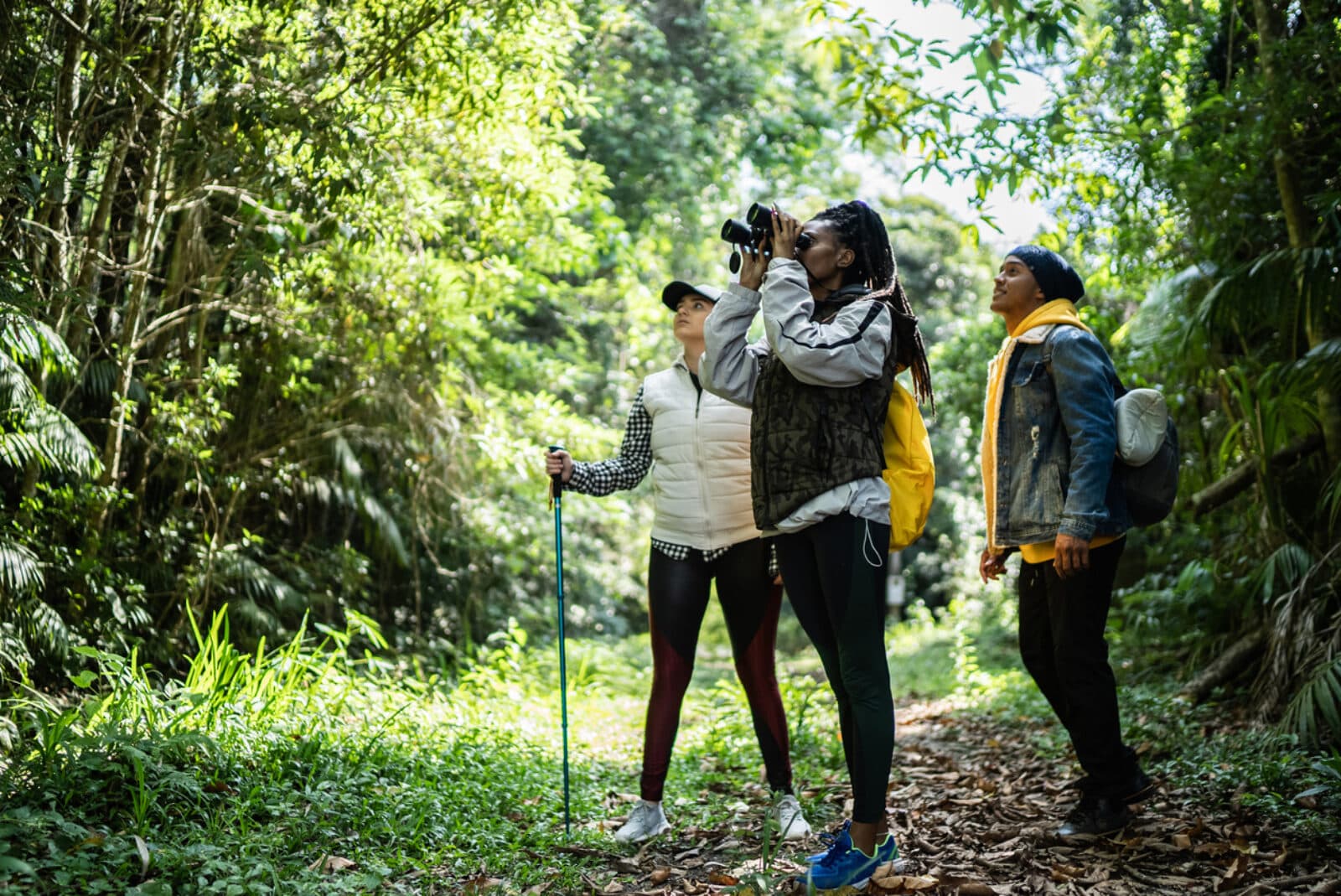Why Do Americans Engage with Science?
Understanding why different people want to engage with science, or not, and why

The Kavli Foundation, along with several other philanthropies, recently supported a groundbreaking study to better understand Americans’ engagement with science. The study, co-led by ScienceCounts and the Association of Science and Technology Centers, both of the LISTEN Network, determined the public’s principal motivations for, and barriers to, participation in science-related engagement activities. These new findings will help science communication and engagement professionals develop more relevant public programming and initiatives, especially with respect to underserved communities.
“Understanding why different people want to engage with science, or not, and why, is central to designing effective, respectful, and thoughtful mechanisms to connect science to everyone,” remarked Brooke Smith, director of Science and Society for The Kavli Foundation.
The study, which collected data from September 2021 through February 2022, employed both qualitative (eight focus groups) and quantitative measures (a representative national online survey with 2,590 participants).
The researchers find that nearly all (94%) of Americans are interested in at least one area of science. When asked about their underlying motivation for their interest, survey participants most frequently answer curiosity – defined in the study as ‘to spark imagination and a sense of wonder.’ Overall, the top five motivations for interest in science are:
- Curiosity (to spark imagination and a sense of wonder) – 36%
- Mastery (to gain new knowledge or skills) – 35%
- Joy (brings me joy/feels good) – 33%
- Autonomy (I can do it on my own) – 29%
- Recharge (physically, mentally, or emotionally recharge) – 29%
Interestingly, curiosity is present equally across gender, age, race/ethnicity, income, geography, education, and political ideology. In other words, no segment of American society suffers from a lack of curiosity in science.
Whether Americans are willing to act on their science interests by participating in science-related activities is a different story. While strong curiosity is associated with a greater willingness to try various science engagement activities, such as listening to a podcast or going to a museum, the study uncovers a second, equally important factor in predicting willingness to engage, called connection, or seeing a common thread between one’s science interests and other interests such as hobbies, social causes, and organizations.
A clear correlation exists between curiosity and connection and willingness to engage with science; however, the relative importance of these two factors varies across racial/ethnic groups. Among white adults, the principal predictive factor for willingness to engage is curiosity; among Black adults, it’s connection; among Hispanic adults, it’s a bit of both.
This distinction is critical, according to ScienceCounts Executive Director Christopher Volpe, because curiosity and connection motivate different types of engagement with science. “Individuals motivated by higher curiosity are more interested in engaging in casual, convenient, or one-time activities such as watching a science video or going to a science museum,” according to Volpe. “In contrast, individuals motivated by connection are more interested in longer-term, participatory activities such as a citizen science project or a medical clinical trial.”
This participatory driver has a strong relevance to The Kavli Foundation’s support of the Kavli Centers for Ethics, Science, and the Public, which focus on addressing an as-yet unmet need within all of science: a proactive and sustained effort to connect scientists, ethicists, social scientists, science communicators, and the public to discuss potential impacts of scientific discoveries.
The study also explores barriers to science engagement. A lack of time is the most common issue for Americans overall, with 59% wishing they had more time to engage their science interests. But some barriers discourage certain communities more than others. For instance, 40% of Black adults indicate that science exhibits and activities that primarily focus on the accomplishments of white men are a deterrent. And 39% of Hispanic adults indicate that museums and other science organizations are not doing enough to create experiences that they enjoy.
“There is a scarcity of data on assessing the public’s willingness to participate in science-related activities and the factors that predict a willingness to engage and determine the barriers,” said ScienceCounts Civic Science Fellow, Michelle Race. “A goal of this study is to provide science engagement practitioners the hard data they seek to create better public engagement activities.”
“As curiosity-driven basic science continues to push the frontiers of discovery, how to effectively offer participatory opportunities for various global publics to engage with science is critical,” added Smith. “The Kavli Centers will be an important catalyst in this movement.”